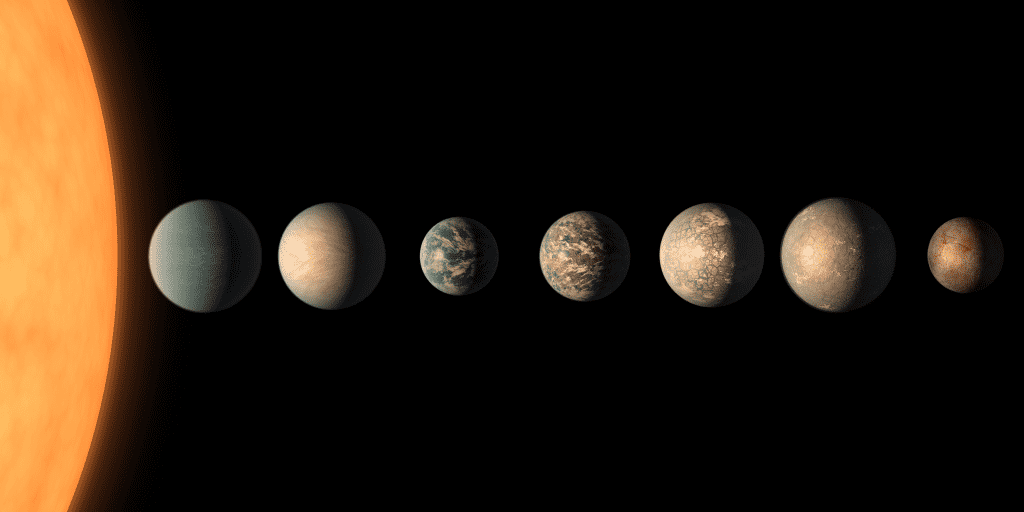Nitrous Oxide is used by a large number of youths to get high. Scientists from the University of California Riverside believe that searching for such components in outer space may point us towards alien life.
If taken as an indicator of whether the planet’s habitable, nitrous oxide ticks all the boxes. A report published by Futurism states that “there could well be a nutritious oxide,” more popularly known as “whippets or laughing gas,” somewhere in space.

Scientists have previously taken Nitrous Oxide as not a very serious contender leading them to alien life in outer space; they might have been wrong. However, Eddie Schwieterman, a UCR astrobiologist, says that following such gasses in outer space can lead to alien life.
Department of Earth and Planetary Sciences is where Schwieterman and his team at the UCR worked out how much living organisms release nitrous oxide. After the data was compiled, it was entered into a planetary model. Then, they concluded that habitable exoplanets with nitrous oxide atmospheres could be distinguished by technology like the James Webb Space Telescope. Nitrous Oxide is also emitted in non-biological processes like lightning and several other occasions; this was taken into account by Schwieterman while putting the data in their planetary model.

Researchers who discredited nitrous oxide as a biosignature think that the compound does not exist in large amounts in the atmosphere of Earth despite the billions upon billions of forms of life that live there, per the UCR press release.
But this argument doesn’t deter Schwieterman’s team. They say this conclusion doesn’t cater to the periods in history where ocean conditions would have allowed for much greater nitrous oxide release. Therefore, it can be easily said that nitrous oxide can point toward a habitable planet in its early stages.

This can be a massive breakthrough in humanity’s search for exoplanets. But we will have to wait and see if other scientists back this hypothesis, leading us to some form of alien life.
The study was published in the Astrophysics Journal.


